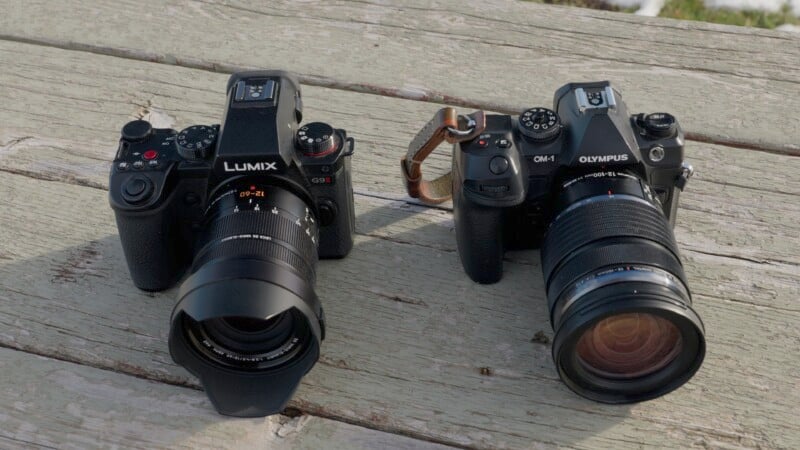Panasonic Says the G9 II is Physically Large to Balance Better for Wildlife Photography
![]()
One of the main advantages of Micro Four Thirds is that the cameras and lenses can be much smaller because the sensor is more compact. It is seen by some as odd, then, that the G9 Mark II is so physically large; or at least as large as Panasonic’s full-frame S5II.
Speaking to PetaPixel during a meeting at the CP+ exhibition in Yokohama, Japan last month, it was explained that given intended use cases and the focus on photography, the G9 Mark II needed to be larger and more similar in size to the full-frame S5 II and S5 IIX.
“Some people said that the G9 Mark II is too big for Micro Four thirds. [But] we though that [given] both cameras’ character that they can share the same body,” Tomoki Nakanishi, Supervisor of the Marketing in the Imaging Business Unit at Panasonic, explains, referring to the S5 II.
Panasonic also explained that the company was thinking about bird and wildlife photographers when it made that decision.
“We also had the animal detect and high burst shooting pre-burst [see an evolution]. So that’s kind of specifically targeted for these wildlife users,” Yuta Sugawara, Marketing at Panasonic’s Imaging Business Unit, adds. “It’s also the reason why we announced the renewal lens of the 35-100mm and 100-400mm at the same time.”

“G9 Mark II is very good at telephoto shooting and [as you know] the lens therefore becomes bigger [in those cases],” Nakanishi adds. “G9 Mark II is not the type of camera for street photography so we have to try and [design it to be held] for telephoto shooting.”
“I think the G9 Mark II overall is taken to be a very large Micro Four Thirds camera. But if we compare numbers with the original G9, it’s actually not that different in size,” Sugawara says.
The two explain that given the weight of telephoto lenses, even though they are smaller for Micro Four Thirds, required thinking about balance in-use. Given that the G9 II was designed by Panasonic as a camera for photographers more than filmmakers, that makes sense — even if PetaPixel‘s Chris Niccolls and Jordan Drake aren’t sold on that billing.
These goals for its photo use case are not the only reason the camera body is so similar to the S5 II, of course. Since the G9 II and the S5 II were developed around the same time, sharing parts made sense.
“Basically, S5 II and G9 Mark II were in the same development phase and we tried to make one body which is suitable for both full frame and micro four thirds. And that was our challenge,” Nakanishi explains.
Image credits: Header photo by Jordan Drake for PetaPixel